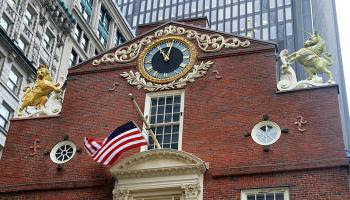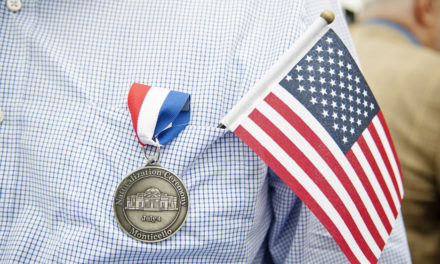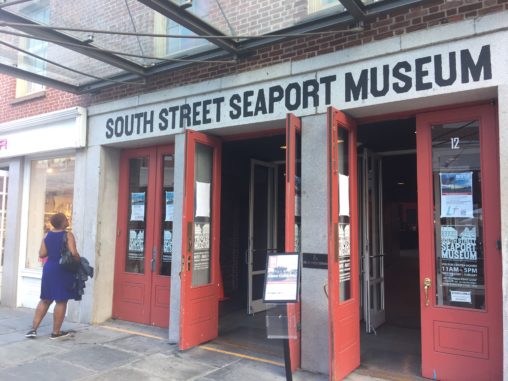
A museum exhibit at South Street Seaport looks back at how immigrants at the turn of the 20th century shared a transatlantic crossing with people of far greater means as they sailed toward a new life in America.
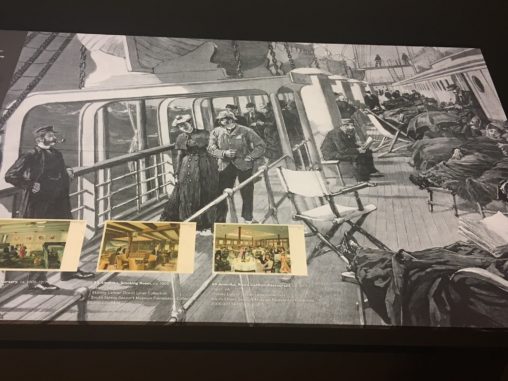
The exhibit, called Millions: Migrants and Millionaires aboard the Great Liners, 1900-1914 is one of the first exhibitions to examine, side-by-side, the dichotomy between First Class and Third Class passengers.
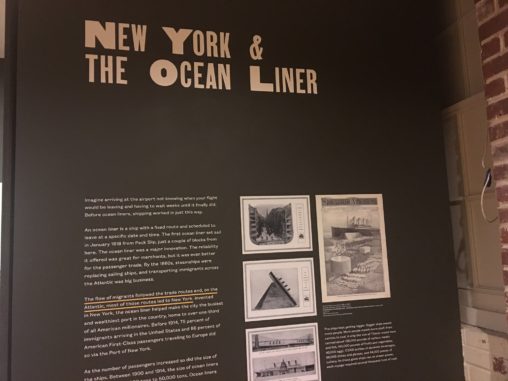
The Millions exhibit stresses the continuing importance that immigration plays in American history at a time when those values are being tested.
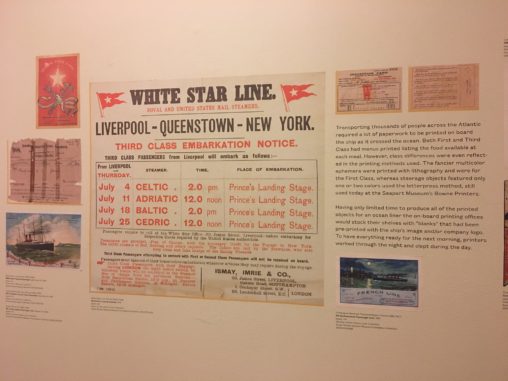
Both original and reproduced artifacts from the South Street Seaport Museum’s permanent collection include ocean liner memorabilia and ephemera, ceramics, and luggage trunks from both immigrants and First Class passengers.
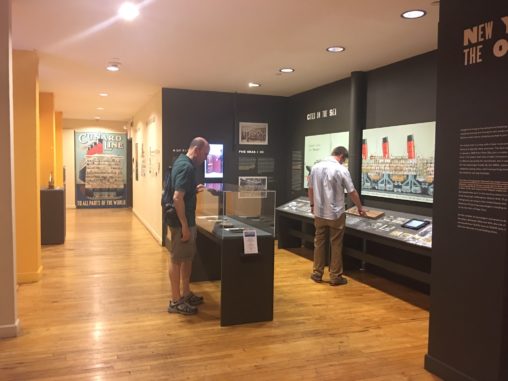
Even though First Class and Third Class sailed on the same ships, their journeys were worlds apart. From 1900 to 1914, nearly 13 million immigrants traveling in Third Class, (aka “Steerage”) arrived in the United States. During this same period, America’s wealthiest citizens, totaling no more than a hundred thousand passengers each year, traveled to Europe in First Class, spending over $11.5 billion* on luxury vacations. (*2017 dollars)
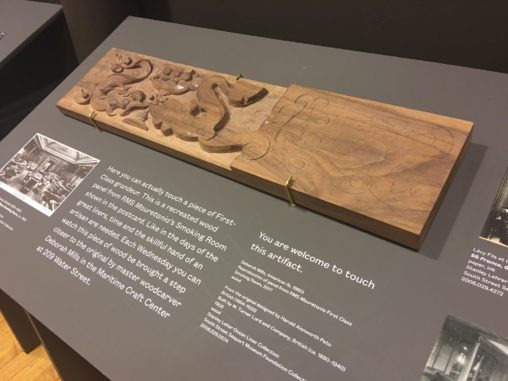
Visitors to the museum can touch a recreated wood panel from the RMS Mauretania’s Smoking Room. Pay a visit on Wednesdays and watch a master woodcarver bring it a step closer to the original in the nearby Maritime Craft Center at 209 Water Street.
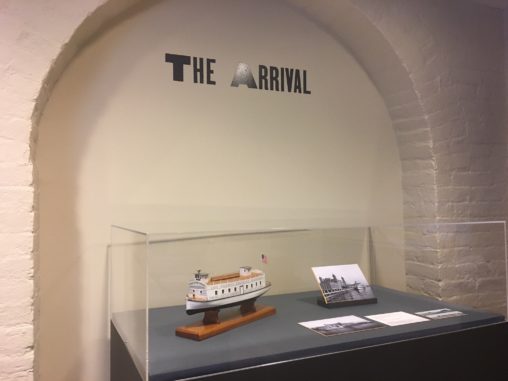
The exhibition highlights a few ship models of New York Harbor working vessels that played critical roles in immigration, including a model of the Museum’s lightship Ambrose .
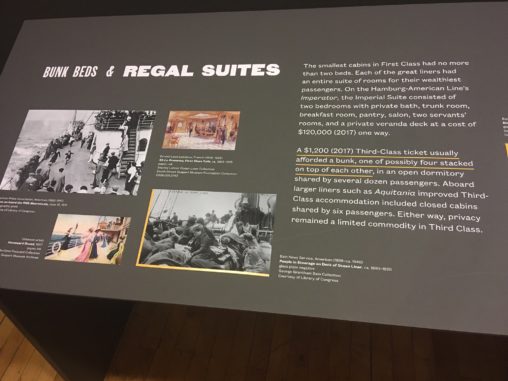
One particularly provocative panel compares spare accommodations in Third Class at a cost of $1,200* one way, (*2017 dollars) with passage in swanky First Class for 100 times that, at $120,000*.
This comparison is especially meaningful to me, because my great-grandfather, Frank G. D’Elia, was among the ticket agents who sold steerage class accommodations on the Italian liners to his relatives and friends sailing from Naples to Ellis Island.
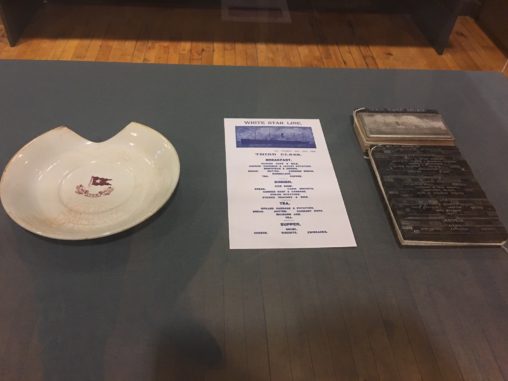
I was very surprised to learn that Steerage Class had printed menus! Not too shabby!
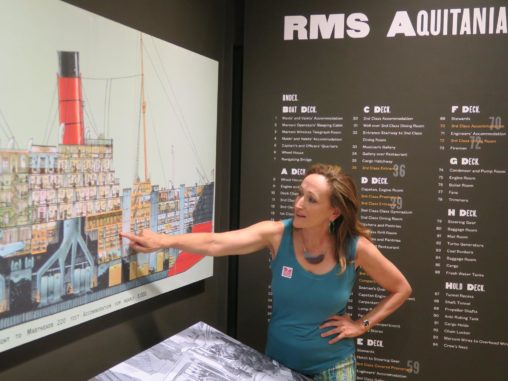
courtesy: Rob O’Brien
Third Class was referred to as “Steerage,” not because there were cows in the hold, but because passengers were confined mostly to the areas where the steering mechanisms for the ship were located. In this picture, I’m pointing to deck space where steerage passengers would crowd together to get a breath of fresh air.

courtesy: Rob O’Brien
This informative exhibit is made possible by the generous support of maritime historian Theodore W. Scull and is supported in part by public funds from the NYC Dept of Cultural Affairs in partnership with the City Council.
The exhibit closes on January 7, 2018.
#SouthStreetSeaportMuseumExhibition

